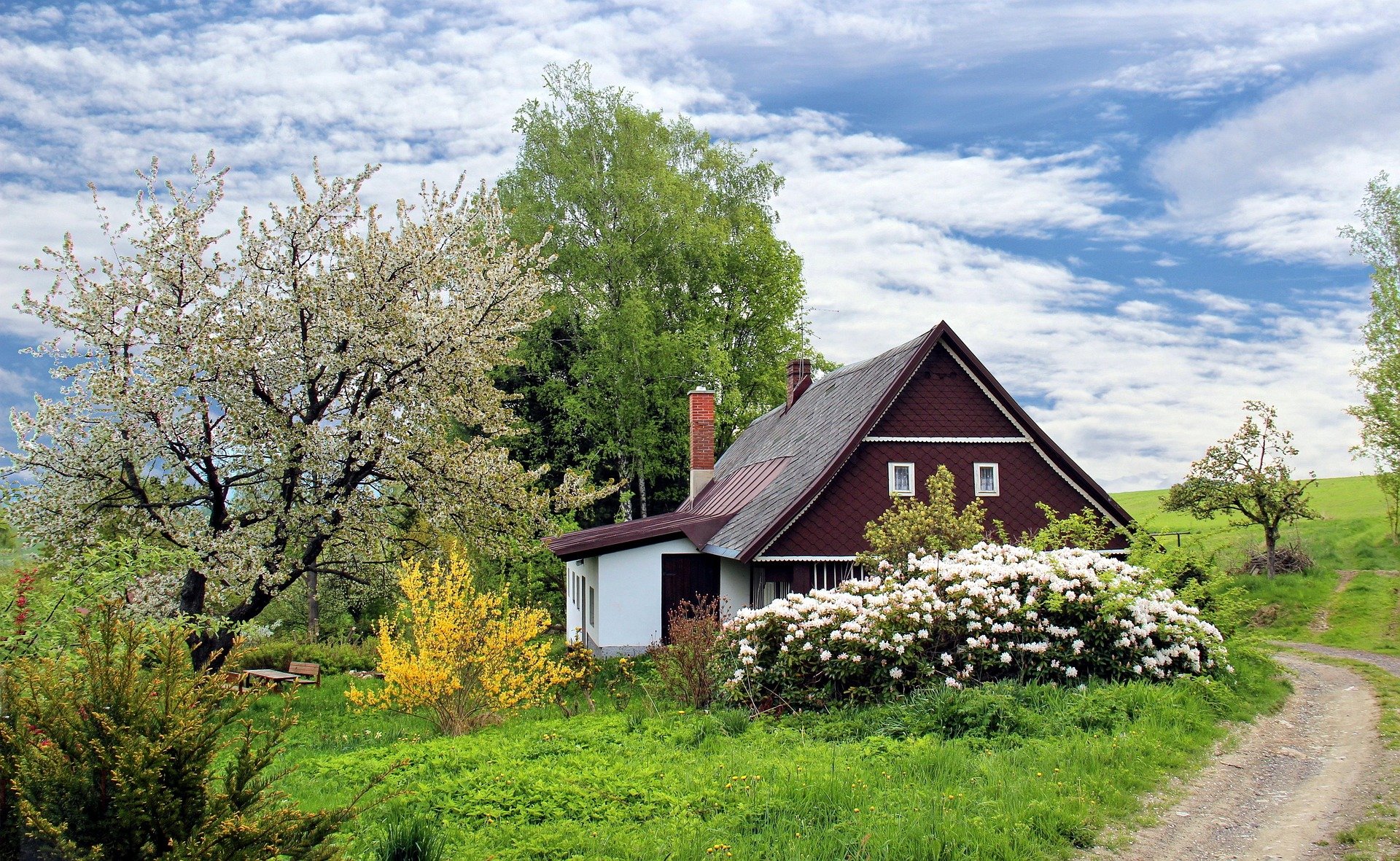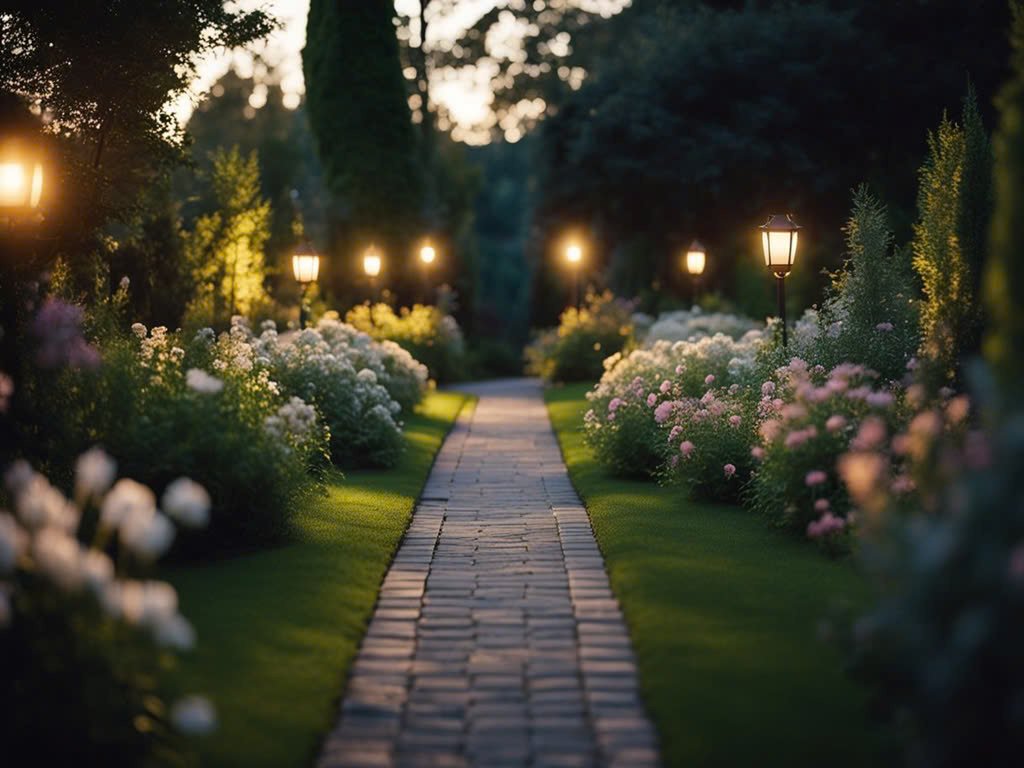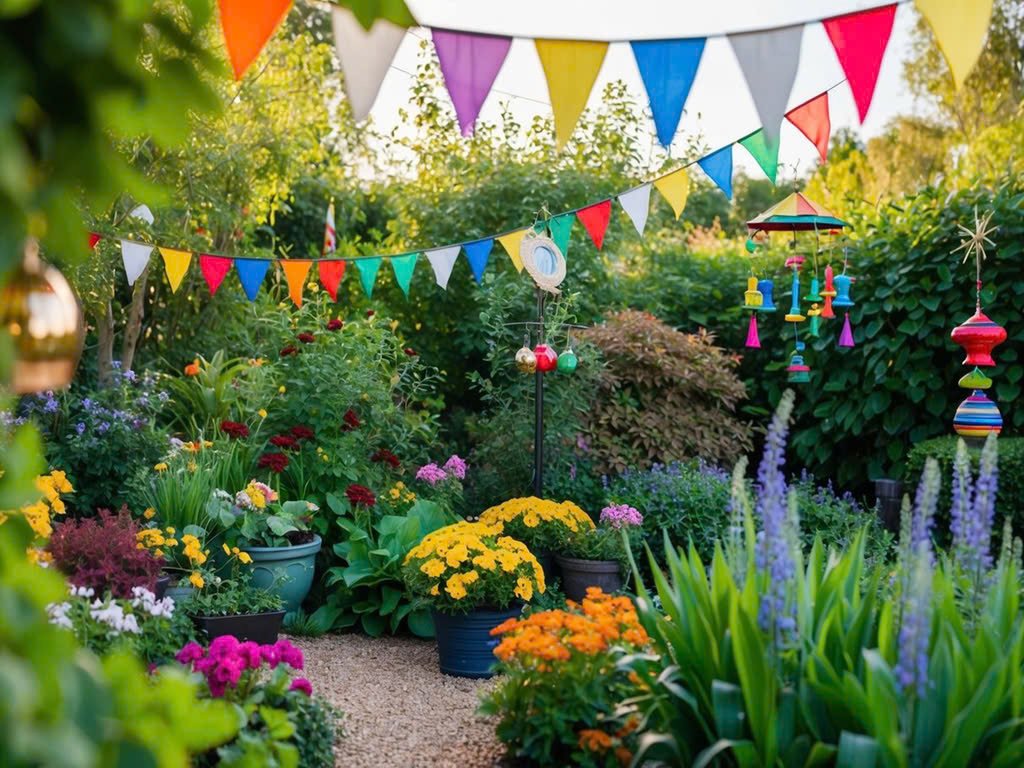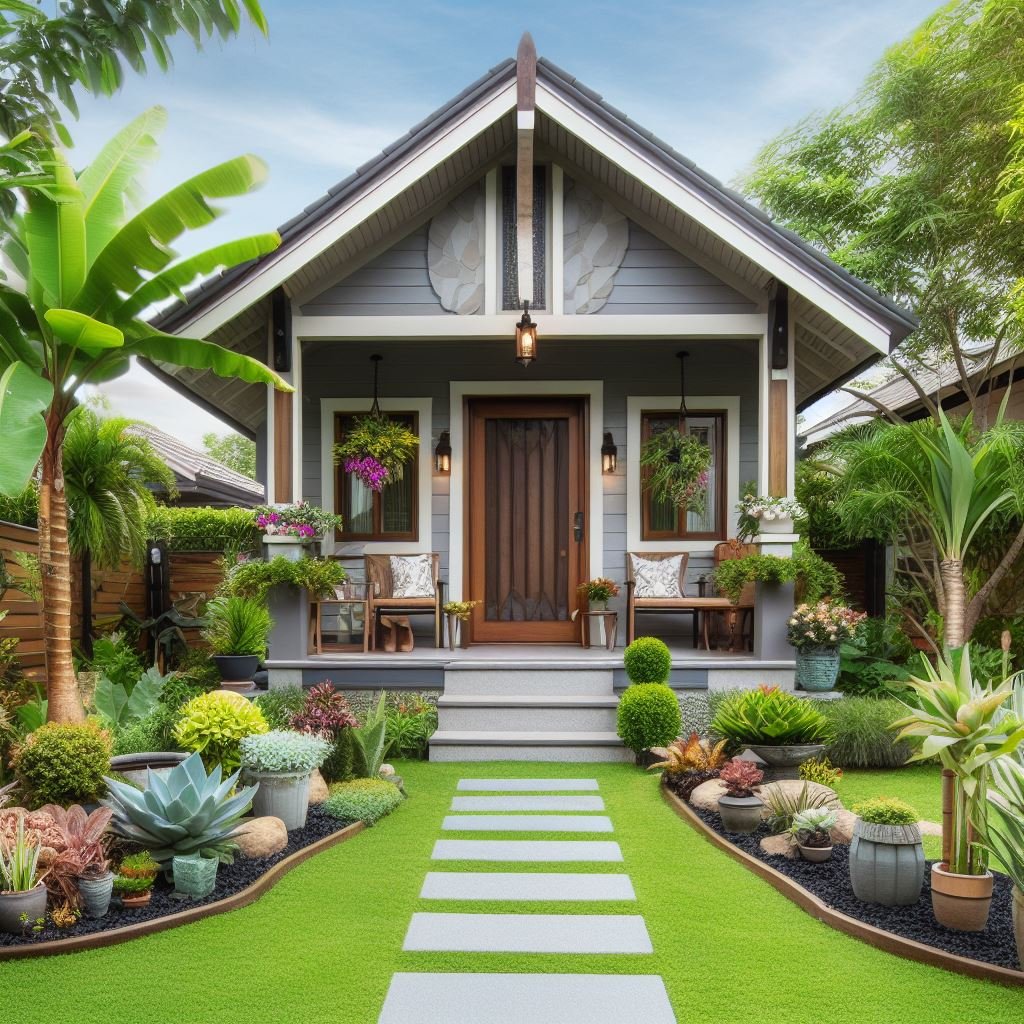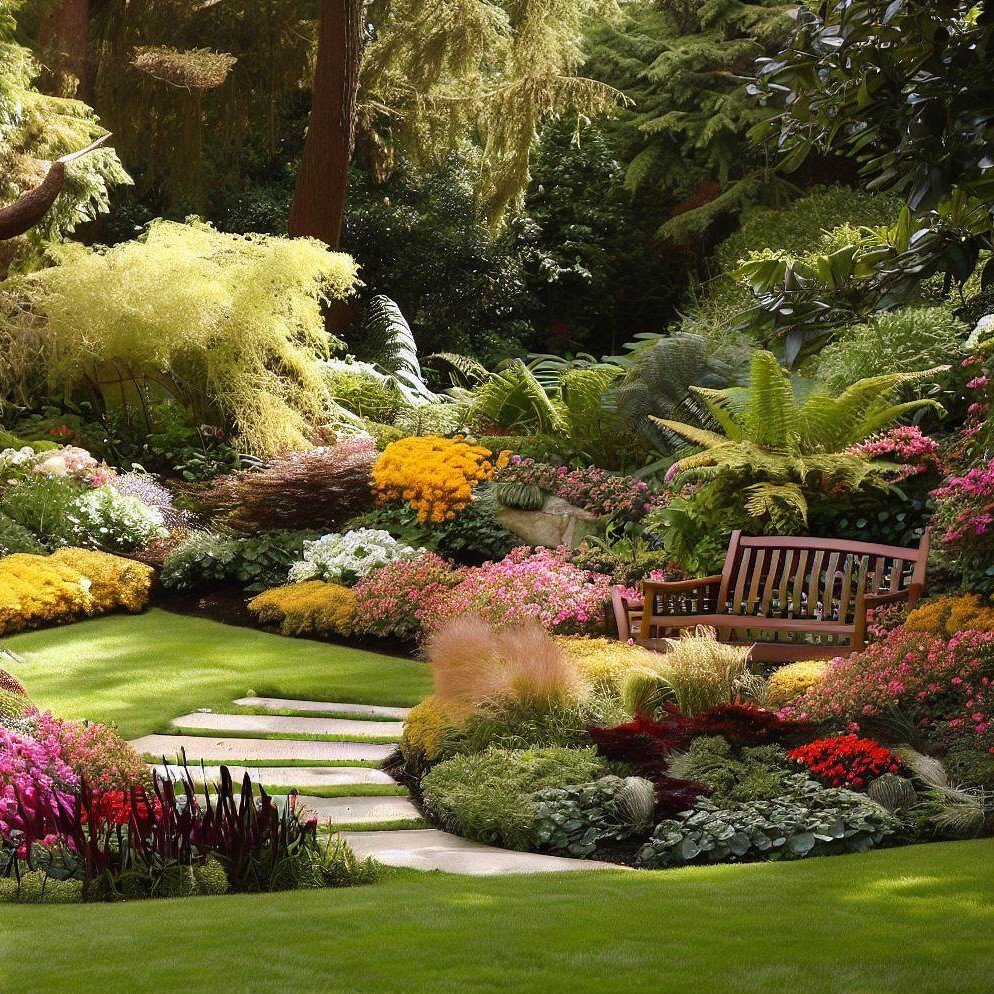6 Garden Design Tips for Creating a Tranquil Outdoor Retreat
Transform your outdoor space into a peaceful retreat with these six expert garden design tips. Create a serene and inviting atmosphere today!
A well-designed garden is more than just an aesthetic feature—it serves as a sanctuary where you can relax, unwind, and reconnect with nature. Whether you have a small backyard, a spacious landscape, or a cozy patio, incorporating thoughtful design elements can transform your outdoor space into a tranquil retreat.
From selecting the right plants to integrating soothing features like water fountains and shaded seating areas, designing a peaceful garden requires a balance of structure and natural beauty. By following these six expert tips, you can create a serene outdoor space that enhances relaxation and complements your lifestyle.
Selecting the Right Plants for a Calming Atmosphere
The foundation of any tranquil garden is the selection of plants. Lush greenery, soft flowers, and aromatic herbs can evoke a sense of peace and relaxation while adding texture and depth to your space.
Choosing plants with varying heights and colors creates visual harmony. Tall trees or shrubs offer natural privacy, while ground cover plants like moss and creeping thyme add softness underfoot. Incorporating ornamental grasses, ferns, and perennials can help create a layered, inviting environment.
Fragrant plants like lavender, jasmine, and rosemary not only enhance the atmosphere but also promote relaxation through their calming scents. Low-maintenance native plants require less upkeep and thrive naturally in your region’s climate, ensuring long-term beauty with minimal effort.
Incorporating Water Features for Serenity
Water has a soothing effect, making it an excellent addition to a tranquil garden. Whether it’s a simple birdbath, a small pond, or a cascading fountain, the gentle sound of flowing water can help mask urban noise and create a peaceful ambiance.
Fountains with soft trickling sounds can provide background noise that drowns out distractions and promotes mindfulness. Ponds with aquatic plants and fish add an element of nature, creating a dynamic focal point in your outdoor space.
If space is limited, a tabletop fountain or wall-mounted water feature can offer the same relaxing benefits in a compact form. The movement of water also attracts birds and other wildlife, bringing an added sense of connection to nature.
Designing a Comfortable Seating Area
An inviting seating area encourages relaxation and allows you to fully enjoy your outdoor retreat. Comfortable seating, whether through a cozy bench, a hammock, or cushioned chairs, creates a space for reading, meditating, or simply soaking in the surroundings.
Shaded areas are essential for comfort, especially during warmer months. Pergolas, gazebos, or large patio umbrellas provide relief from direct sunlight while adding an elegant touch to the garden. Climbing vines or hanging plants around seating areas create a natural canopy that enhances privacy and beauty.
For an intimate setting, placing seating near water features or under a tree offers a shaded, peaceful escape. Soft outdoor cushions, throw blankets, and weather-resistant fabrics ensure that your seating area remains inviting throughout the year.
Creating Flow and Structure with Pathways
A well-designed garden should have clear pathways that guide visitors through the space while maintaining a natural and organic feel. Meandering paths made from natural materials like gravel, stone, or wood chips add charm while blending seamlessly with the environment. Jesse Sonneland of Greenscape Landscaping notes that the design of pathways should complement the surrounding landscape, creating a sense of movement without feeling rigid or overly structured. Curved pathways lead the eye toward focal points like seating areas, garden beds, or sculptures, adding an element of discovery to the space.
Edging pathways with low-growing plants or decorative stones help define the walkways while maintaining an organic look. Incorporating stepping stones through grass or moss adds a whimsical touch, inviting visitors to explore the garden at a leisurely pace.
Enhancing Ambiance with Soft Lighting
Outdoor lighting plays a key role in extending the usability of your garden into the evening while adding warmth and ambiance. Soft, warm lighting creates a cozy and tranquil environment without being harsh or overpowering.
String lights draped over pergolas or wrapped around trees provide a magical, twinkling effect. Solar-powered lanterns or pathway lights illuminate walkways, ensuring safety while enhancing the aesthetic appeal of the garden.
Personalizing Your Space with Thoughtful Accents
Adding personal touches to your garden enhances its uniqueness and makes it a true reflection of your style and personality. Decorative elements like sculptures, wind chimes, or garden art provide visual interest and create focal points throughout the space.
Incorporating elements that evoke positive emotions—such as a small reading nook, a meditation corner, or a dedicated area for yoga—turns your garden into a space tailored to your well-being. Natural materials like driftwood, pebbles, and reclaimed wood add character and seamlessly blend with the surroundings.
Designing a peaceful garden is about more than just aesthetics—it’s about creating an environment that nurtures relaxation, connection, and well-being. By carefully selecting plants, incorporating water features, designing comfortable seating areas, and using pathways to guide movement, you can transform your outdoor space into a true sanctuary.
Soft lighting and thoughtful accents add the finishing touches, making your garden a reflection of your personality and a place where you can unwind and recharge. With careful planning and attention to detail, your tranquil outdoor retreat can become a cherished space for years to come.
